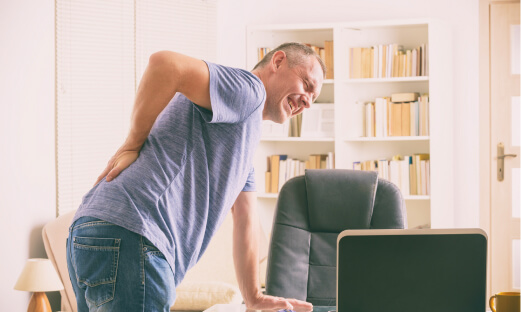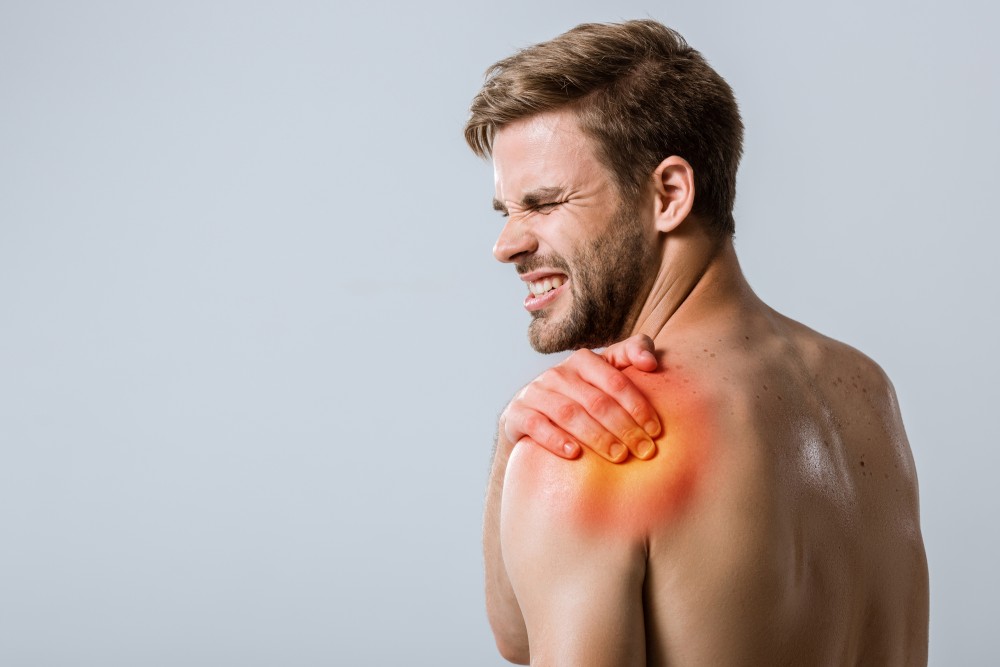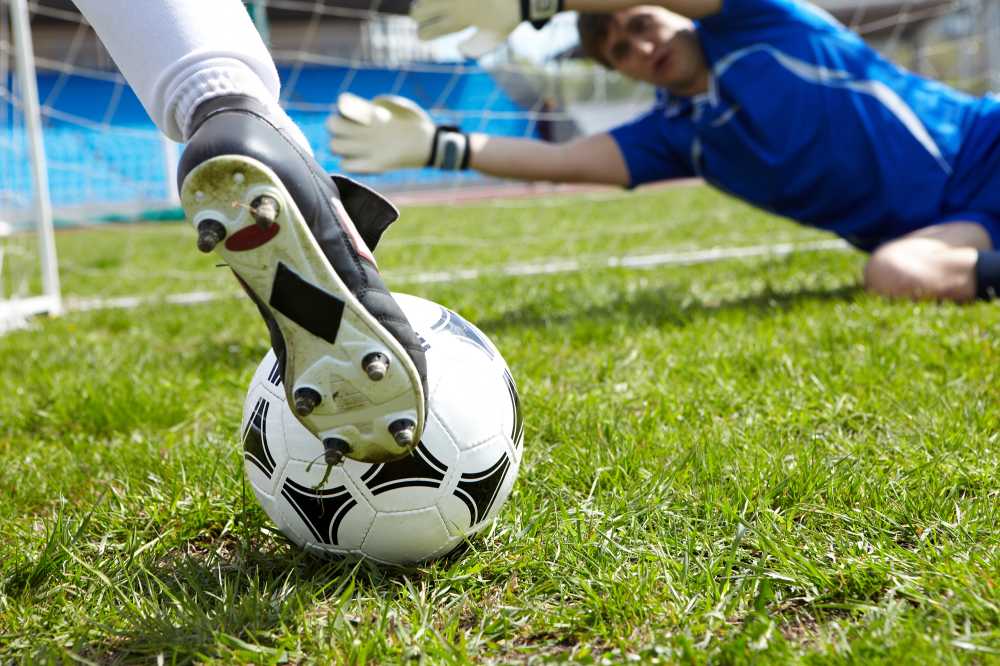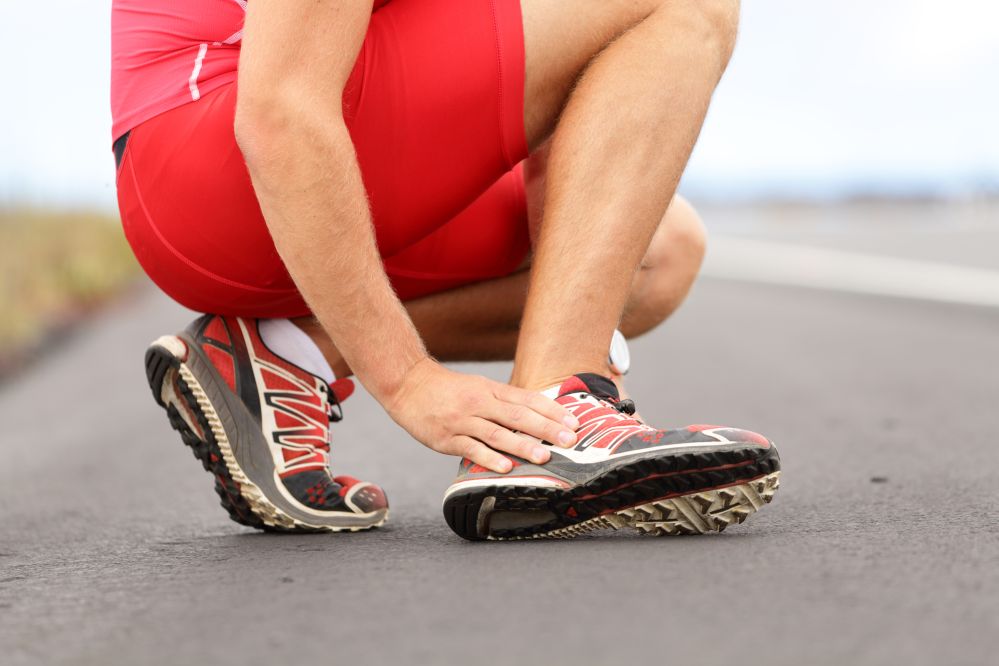What is hip bursitis?
Hip bursitis is a condition associated with inflammation of the hip bursae leading to lateral hip pain. It can impact quality of living by affecting your ability to walk and sleep.
Hip bursitis is commonly diagnosed by your GP through medical imaging tests such as Ultrasound, CT or MRI scans.
Physiotherapists can also determine (with a good degree of accuracy), if you have a hip bursitis during your initial assessment.
How relevant are my scans?
It is important to acknowledge that many “findings” seen on the various scans may be present in people with or without pain. For example, a study by Brinjiki et al (2015) found the following “degenerative” results after scanning 3110 people who do not experience any back pain (see table below).
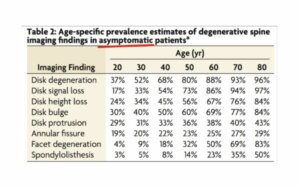
This research suggests that the results found on a scan may only tell part of the story and that a holistic and thorough physical assessment is needed to determine the contributing factors to pain and injuries.
Common causes of hip bursitis
- Overuse or repetitive stress on the hip joint, commonly seen in athletes, runners, or individuals with occupations requiring prolonged standing or walking.
- Trauma or injury to the lateral hip, such as a fall or a direct blow to the hip.
- Poor posture or biomechanics, which can place excessive strain on the hip joint and surrounding soft tissues.
- Pre-existing conditions like osteoarthritis or rheumatoid arthritis, which can increase the risk of bursitis.
Understanding the anatomy and physiology of the hip:
Throughout the body, we have many bursae. Bursae are small fluid-filled sacs that act as cushions between muscles, tendons and bones to reduce friction and allow smooth movement around the body.
If the hip bursae become inflamed, common muscles impacted include;
- The Gluteus Medius and Minimus – these muscles are located on the outer side of the hip and are responsible for abducting the hip (moving the leg out from midline of the body).
- Tensor Fascia Latae – this muscle is also located on the lateral aspect of the hip and is responsible for hip abduction and flexion. It attaches to the iliotibial band (ITB), a thick connective tissue that runs down the outer side of your thigh and inserts to the outer side of your knee.
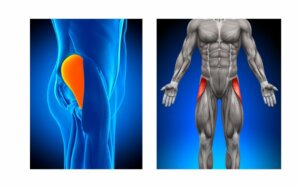
Prognosis:
Generally, individuals who present with acute hip bursitis can experience significant improvements in symptoms within a few weeks to months.
The speed of recovery can be increased with appropriate treatment and lifestyle modifications such as; dry needling, soft tissue massage, shock-wave therapy, applying heat, drinking more water, breaking up sitting and standing during work hours, etc.
However, the recovery period may vary depending on the severity of the condition and individual factors such as age, overall health, and compliance with treatment recommendations.
In some cases, hip bursitis may become chronic, requiring long-term management strategies to reduce symptoms and prevent flare-ups.
Improvements in symptoms and hip strength can be achieved in 6+ months, depending on some of the factors mentioned above.
Recommendations for hip bursitis management:
Management for hip bursitis comes down to what the patient’s specific biomechanical and strength deficits are and the contributing factors that caused the hip problem in the first place.
Rehabilitation exercises play a crucial role in the management and treatment of hip bursitis by strengthening the muscles around the hip, improving flexibility and correcting muscle imbalances.
Below are some common rehabilitation exercises for hip bursitis:
- Hip abduction and adduction exercises e.g. side-lying leg lifts.
- Hip extensor strengthening e.g. bridging exercises.
- Hip rotator strengthening e.g. clam shell exercise
- Core strengthening e.g. front and side planking.
- Stretching and mobility exercises e.g. hip 90-90 and pigeon pose
It is important to start rehabilitation under the guidance of a healthcare professional to ensure that the exercises are appropriate for your specific condition and to avoid exacerbating the symptoms.
It is important to remember that many different factors can cause hip bursitis and that there is no one-size fits all approach. The best way to treat and manage hip bursitis is by addressing all the contributing factors that are causing the problem.
Should I get a cortisone injection?
While cortisone injections may temporarily reduce inflammation and relieve pain in conditions such as bursitis, there are potential risks and setbacks associated with them.
These include:
- Tissue damage: repeated cortisone injections can weaken or damage nearby tissues, including tendons and ligaments. This can increase the risk of tendon rupture or ligament injury.
- Bone thinning: cortisone injections can lead to bone thinning and increase the risk of fractures, especially with repeated and / or high doses.
- Joint damage: cortisone injections man contribute to joint damage, particularly if injected directly into the joint and can lead to early onset of arthritis.
- Masking underlying issues: cortisone injections may provide temporary relief from pain and inflammation, but they do not address the underlying cause of the problem. This may lead to a delay in seeking appropriate treatment which can cause the issue to worsen over time.
To properly treat hip bursitis (or any musculoskeletal problem for that matter), it is important to address the underlying cause and not just mask the symptoms with painkillers or cortisone injections.
Cortisone injections may be used as part of your overall management strategy but should never be the only treatment.
Our physiotherapists also treat other conditions of the hip. For more information click here
If you are experiencing lateral hip pain or have been diagnosed with hip bursitis, book in with our expert physiotherapists to start your road to recovery.

